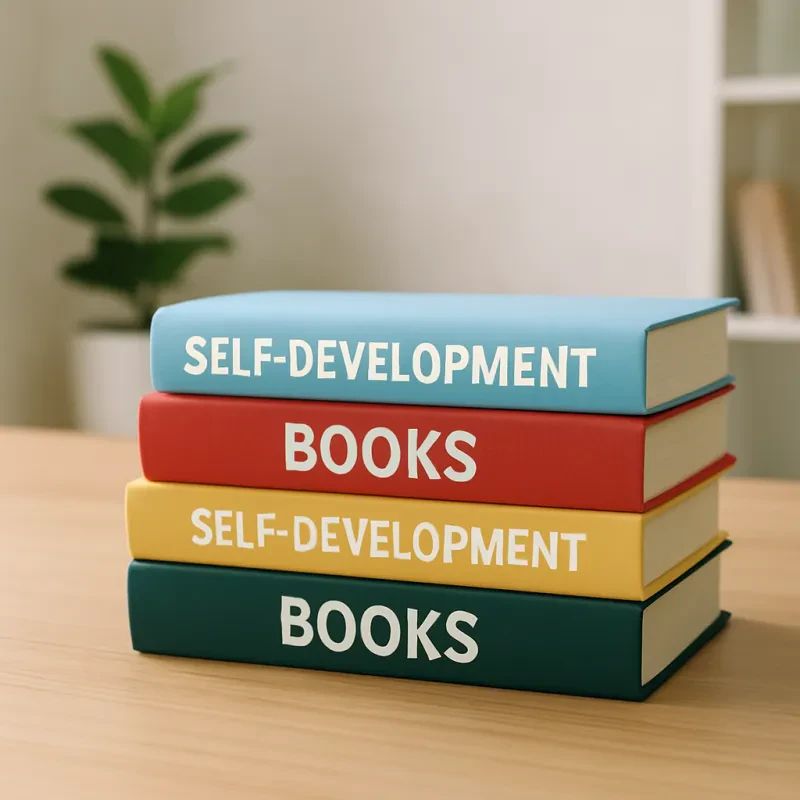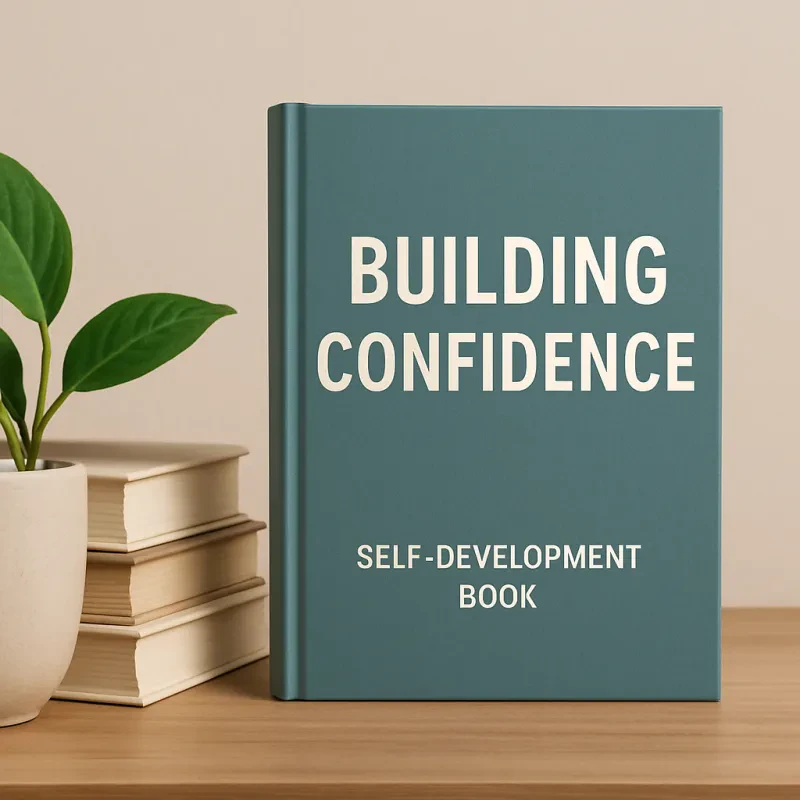I Learn, I Grow: A Journey of Continuous Self-Improvement
In today's fast-paced world, the idea of lifelong learning isn't just a catchphrase; it's a necessity. A recent study shows that individuals who pursue ongoing education enjoy a 25% increase in job satisfaction and a higher chance of career advancement. Learning means gaining knowledge and skills, while growth refers to personal development and making strides toward our goals. Together, these processes create a fulfilling life, whether in personal or professional spaces.
The Power of Learning: Expanding Your Horizons
The Neuroscience of Learning
Neuroplasticity, the brain's ability to adapt and reorganize itself, plays a crucial role in learning. Research indicates that when you challenge your brain, it strengthens neural connections, enhancing cognitive function. This means that every time you learn something new, you’re not just gaining information; you're literally changing your brain.
- Benefits of Intellectual Challenges:
- Improved memory
- Increased creativity
- Better problem-solving skills
Diverse Learning Methods
Everyone has a unique learning style that works best for them:
- Visual Learners: Benefit from diagrams and images.
- Auditory Learners: Learn effectively through listening and discussions.
- Kinesthetic Learners: Thrive on hands-on activities.
Effective techniques can help anyone improve their learning experience. For instance, spaced repetition helps you remember information over time, while active recall encourages you to actively engage with what you’ve learned.
Practical Applications of Learning
Continuous learning can lead to remarkable achievements. For example, a recent graduate who picks up coding skills online may land a job in a tech company.
Actionable Tips:
- Set aside 15 minutes each day for learning.
- Use online resources like courses or podcasts.
- Join local clubs or groups that focus on shared interests.
Cultivating a Growth Mindset: Embracing Challenges
Understanding Fixed vs. Growth Mindsets
Carol Dweck's research highlights two contrasting views: a fixed mindset, where people believe their abilities are static, and a growth mindset, where they embrace challenges and view failures as opportunities to learn. Statistics show that individuals with a growth mindset achieve higher levels of success in various fields.
Overcoming Limiting Beliefs
Fear of failure or self-doubt can hinder progress. Common obstacles include:
- Doubting your abilities
- Comparing yourself to others
- Fear of ridicule or criticism
To overcome these beliefs, identify negative thoughts and challenge them, turning them into positive affirmations.
Developing a Growth Mindset
Fostering a growth mindset involves:
- Reframing negative thoughts into constructive ones.
- Seeking out challenges instead of avoiding them.
Many successful individuals, like J.K. Rowling and Michael Jordan, applied a growth mindset to overcome obstacles and achieve greatness.
Setting SMART Goals: Defining Your Growth Path
Defining SMART Goals
SMART goals are:
- Specific: Clearly define what you want to achieve.
- Measurable: Set criteria to track progress.
- Achievable: Ensure your goal is realistic and attainable.
- Relevant: Connect your goal to your personal values or career.
- Time-bound: Set a deadline to stay focused.
For instance, instead of saying, "I want to read more," you might say, "I will read one book per month for the next year."
Goal Setting Strategies
Breaking large goals into smaller steps can make them less overwhelming. Use strategies such as:
- Create a timeline.
- Set smaller milestones.
- Reward yourself for each achieved goal.
Tracking Progress and Adapting
Monitoring your progress is key. Adjust your plans if needed, and remember that flexibility can often lead to better results. Consider using journals or apps to track progress and achievements.
The Role of Mentorship and Feedback: Accelerating Your Growth
Seeking Mentorship
Having a mentor can vastly influence your personal and professional growth. A good mentor offers guidance, shares experiences, and opens doors.
Tips for Building a Mentorship Relationship:
- Identify potential mentors in your field.
- Reach out professionally with clear intentions.
- Show appreciation for their insights.
Embracing Feedback
Constructive criticism can be a powerful tool. It allows you to identify areas for improvement. When receiving feedback:
- Maintain an open mind.
- Avoid taking things personally.
- Use feedback to guide your learning journey.
Building a Supportive Network
A strong community can enhance the learning experience. Surrounding yourself with supportive peers fosters motivation and accountability.
- Join networking groups or online forums.
- Share your goals with friends or colleagues for support.
Measuring Your Growth: Celebrating Achievements
Identifying Key Metrics
Measuring growth can vary based on personal objectives. Consider tracking:
- New skills acquired
- Projects completed
- Personal achievements
Every small victory contributes to your overall progress.
Recognizing Achievements
Acknowledging milestones is essential for maintaining motivation. Regularly review your progress and celebrate your successes, no matter how small.
Strategies for Self-Reflection:
- Keep a journal of your achievements.
- Set aside time monthly to reflect on your growth.
Maintaining Momentum
To stay committed to lifelong learning:
- Prioritize self-care to avoid burnout.
- Keep your goals visible and fresh.
- Surround yourself with encouraging people.
Conclusion
Continuous learning and growth are vital components of a fulfilling life. By expanding your knowledge, cultivating a growth mindset, setting SMART goals, seeking mentorship, and measuring your progress, you create a pathway to personal improvement. Take the first step today; commit to learning and growing in every aspect of your life. Embrace the journey ahead!



